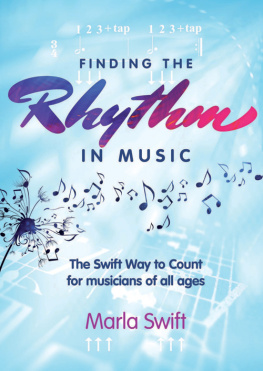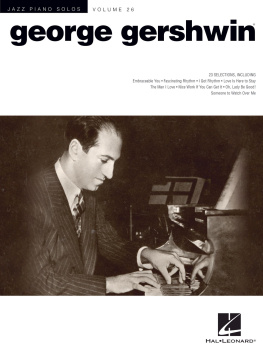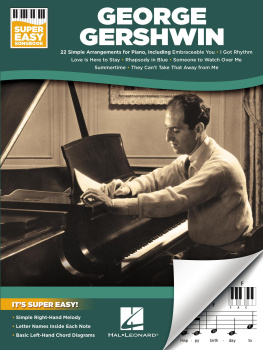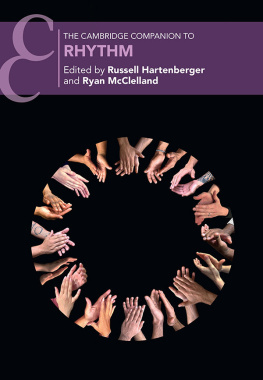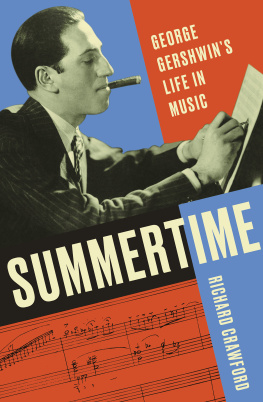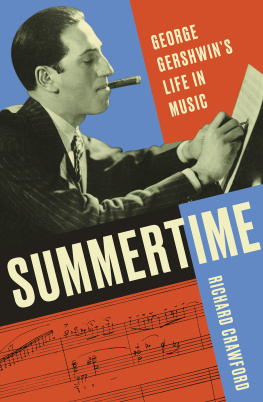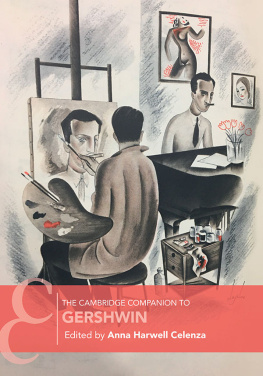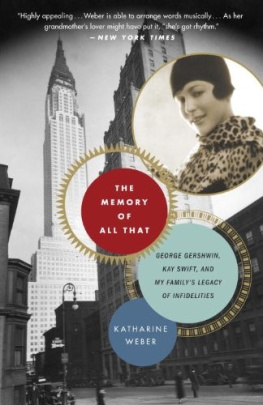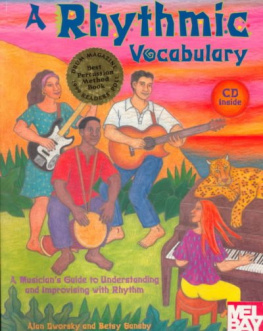Praise for Finding the Rhythm in Music, The Swift Way to Count
When I was a young army musician learning the basics of the clarinet, I also sat in the band to learn on the job, improving my reading skills a little more each day. Any encounter with mixed or irregular meters would result in a statement like This part of the music is too complex for you to follow yet.
Not being fooled by this, I realised that what this REALLY meant was: We dont understand how to count bars when there is a changing number of beats, or strange rhythms.
How much these musicians would have benefitted from Marla Swifts excellent book Finding the Rhythm in Music! Her logical and systematic approach to reading the rhythms the Swift Way to Count when applied to difficult music, breaks down all complexities into readily-understood patterns.
Amateurs, budding professionals and beginning players from ages 5 to 95 need no longer baulk at too many black notes; following The Swift Way will promote confidence with any rhythmic notation.
Marla was the clarinet teacher par excellence at the Defence Force School of Music when I was the Officer Commanding and Chief Instructor. The outstanding results Marla made possible THEN, are NOW available to ALL students, who have the opportunity to achieve a firm grounding in that most basic building block in music rhythm by reading her excellent book.
Eric Andersen former head of the Australian Defence Force School of Music, and formerOfficer Commanding each of the Australian Army Bands in Melbourne, Sydney and Perth
My twelve-year-old grandson Steven has played the cello since he was five years old. For the first five years of this he was exposed to music through the Suzuki method of teaching, which relies heavily on learning by listening and playing everything from memory. Whilst he was quite successful and obviously enjoying himself playing the cello, he was not good at reading music and he had considerable trouble with counting.
Enter Marla. In three one-hour lessons she explained to Steven her basic method of beating the music as described in her book, and the result was astounding. Just from that short introduction Steven went from guessing to knowing how long the notes were meant to be, and most of his sight-reading problems were over. This discovery will help him in his further music studies at the Victorian College of the Arts Secondary School in Melbourne.
In my own career as a capable amateur cellist I have tended to work out complex rhythms by good old-fashioned counting. Not any more. After discovering the Swift Way to Count I now deal with this in a totally different manner. While I am learning a new piece I employ my foot to do the beating. For performance, I switch the beating from the foot to the brain, perhaps with an occasional toe movement inside my shoe which nobody will know about. Brilliant method! I think it should be taught in our schools.
Sven Eriksen Cellist, Melbourne, Australia
I was very fortunate in being able to share a tour of Asia with the author Marla Swift when we were both principals on our respective instruments in the Australian Youth Orchestra under John Hopkins. Marla has always been a dedicated worker and an outstanding clarinettist and that determination of will she showed during those years is certainly played out in this remarkable body of work.
Marlas method has great merit, particularly in a practice situation, and will be an invaluable tool for those who require special assistance in the understanding and practice of counting music. Many players will benefit immensely from every word and diagram in this book, and I commend Marla for her diligence in producing such a detailed work.
Jeffrey Crellin Principal Oboe, Melbourne Symphony Orchestra
The child, the student and the amateur musician are so often flawed by the mystery of rhythm its language, its grammar and its notation in such a way that morale is often damaged to the point of no return. I am sure that many people have wrongly dismissed themselves as unmusical, not realising that all they needed was some basic rhythmic understanding. Indeed my own father was a most gifted amateur musician, but alas, never knew the joy and confidence which comes with the understanding of the most liberating building block of music making rhythmic syntax.
The sadness of all this is that such loss is not due to any innate lack of feeling for rhythm or music. All that is missing is the vocabulary of rhythm something which in the end probably comes easier than remembering how to spell rhythm.
Marla Swift comes to the rescue in a loving and most helpful way, so obviously born of years of experience and appreciation of the sense of triumph and liberation enjoyed by those who come to understand what she so rightly and clearly tells us is essential in Finding the Rhythm.
William Hennessy
Founder Leader Australian String Quartet (1985 96)
Head of Strings University of Melbourne (1997 2006
Faculty Australian National Academy of Music
Artistic Director Melbourne Chamber Orchestra
This book makes a wonderful contribution to the literature about rhythm, one of the most difficult aspects of music-making. Marla Swift, the author, is an excellent musician/teacher with vast practical experience, and understands first-hand the challenges for those who find the rhythmic factor in music-making a hurdle. The book is beautifully presented with clear and articulate information.
Highly recommended.
Professor Tony Gould School of Music, Monash University
Here is what some of Marlas students have to say about Finding the Rhythm in Music, The Swift Way to Count:
Counting in your head doesnt give music a beat. You cant easily keep in time that way. The Swift Way is really enjoyable because your count is so accurate. You are consciously aware that youre playing correctly and in time.
Julian, 16
Counting is essential. You need to be able to count if you perform music. It (the Method) enables you to play anything. You are your own conductor.
Liam, 16
This method keeps me in time and helps me know where I am in the music, especially when I play in a group.
Oliver, 12
It (the Method), gives you more space (less clutter) in the head because the count goes to the feel in the body and foot. You can concentrate on other things like the right notes.
Daniel, 16
It (the Method) makes you independent. You can figure the music out for yourself without being dependent on others.
Michael, 18
Its easier to correct yourself if you lose your notes because the rhythm brings you back to the right thing.
Kieran, 14
Counting numbers is just another thing to remember. With this method you dont have to think so hard!
Chris, 14
It (the Method) helps to keep my whole body co-ordinated and helps my brain too, so that the music flows more. This way is not as complicated as numbers in the head so you can concentrate on the music instead of on the numbers.
Hayden, 15
The method really helped me in fast pieces because I learnt that I could break notes down into sub-division. This enabled me to play slowly and evenly and then gradually get faster to the required level.
Chi, Tertiary student
It (the Method) helps me keep the beat in the song and I know when to play the next note. I know where I am. Band is easy cause I can count!
Gabriella, 10
It (the Method) has definitely helped me improve. Its a universal way of sight-reading anything. I used to hear something first before trying it. Now I can go for it without that.
Stephanie, 15
Usually with piano, you count in your head but now I am more precise on both instruments (clarinet also) by using a feel for rhythm, rather than counting numbers in the head. Its too hard to concentrate on counting and playing at the same time. Feeling the beat is much easier when youre playing.

